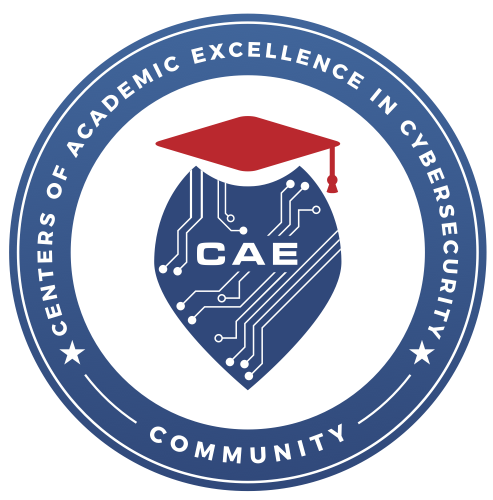Home | Advancing Technology Degrees | Robotics and Embedded Systems
The world we interact in every day and the technology we utilize are built upon the foundation of embedded systems. University of Advancing Technology’s Robotics and Embedded Systems degree provides students the engineering foundation for the design, implementation and analysis of embedded systems, with an emphasis in autonomous robotic systems. Building upon the foundation of software engineering, a degree in Robotics and Embedded Systems can span mechanical design, digital logic design, embedded programming, machine vision and adaptive algorithm development and design of autonomous robotic systems.
At UAT, students will learn to optimize robotics technology using digital hardware design, software programming, and digital and analog circuit design analysis. Students will apply knowledge of transducers, actuators, and advanced software development to design, engineer, and analyze advanced robotics technology and embedded systems.
With a robotics degree, students will be at the forefront of the world’s top business and government programs. After the completion of UAT’s Robotics and Embedded Systems degree, students will have the ability to build, develop, implement and analyze advanced robotics technologies for a career path to advance the electronic and robotics industry.
UAT’s Robotics and Embedded Systems degree empowers students to create the next generation of robotics.
Check out some of this semester’s Robotics and Embedded Systems courses and gear up for fresh challenges. Unlock new skills and power up your education.
Students will learn how a processor is built from fundamental logic gates. Learning how a processor works under the hood will help students become better programmers. Electronics fundamentals will be covered, including digital logic, Ohm’s Law, schematics and integrated circuits. The use of oscilloscopes and other electrical equipment will also be covered, including soldering and circuit construction techniques (programming with solder). Students will implement an assembly instruction set on a 4-bit μController they design.
Students will explore the use of materials and design of simple mechanical systems using CAD software and rapid prototyping technologies. Topics include design for manufacturing, power transfer, and choice of materials in designs.
Embedded programming is a key component of any high-fidelity robotics product, as well as many high-tech maker-based platforms. This course will work through the details of component, assembly, and complex product-based embedded programming solutions, with an emphasis on Arduino hardware. Students will learn to understand the elements of real-world problems and be able to translate those problems into a structured list of requirements, scope elements, and ultimately—programming.
Student teams will design, implement and evaluate software for an autonomous mobile robotic platform. Real-world environment design considerations will be addressed throughout the design process. The level of autonomy must be clearly defined, taking into consideration asynchronous events and sensor input. Appropriate architecture selection will be a major component to the design, as dictated by performance requirements outlined in the project objectives. Topics that relate to the design will also be studied, including data structures used in the implementation of intelligent machines.
Students will explore the computer control of both fixed-wing and rotorcraft aerial vehicles. Topics will include flight mechanics, electronic control of flight, control base stations, and important software techniques for controlling flying vehicles.
Students will learn basic mechanical design, PCB layout and common mechanical control methods. Mechanical design topics include basic mechanical drafting, mechanical design, design analysis and rapid prototyping. PCB layout topics include schematic capture, design for electromagnetic interference, CRC design rules and surface-mount layout. Control topics include an introduction to controls theory, PID control methodology and adaptive control systems.
Educating the next wave of innovators, our faculty leverage their experiences to mentor students to lead innovations and solve challenges in advancing technology.
UAT’s Synchronic Learning model provides an education framework that prepares superior graduates to become tomorrow’s innovators. This model embodies UAT’s methodologies, curricula and community dedicated to fostering an environment of innovation that promotes demonstrated mastery and job readiness.
How does UAT prepare superior graduates? Students are required to participate in projects that solve real problems. UAT requires students to innovate and create a working proof of concept that’s never been done before. Students complete internships, community projects and apprenticeship experiences to cultivate their ability to succeed in the workplace.

Network Security curriculum certified by the US National Security Agency's Information Assurance Courseware Evaluation program
